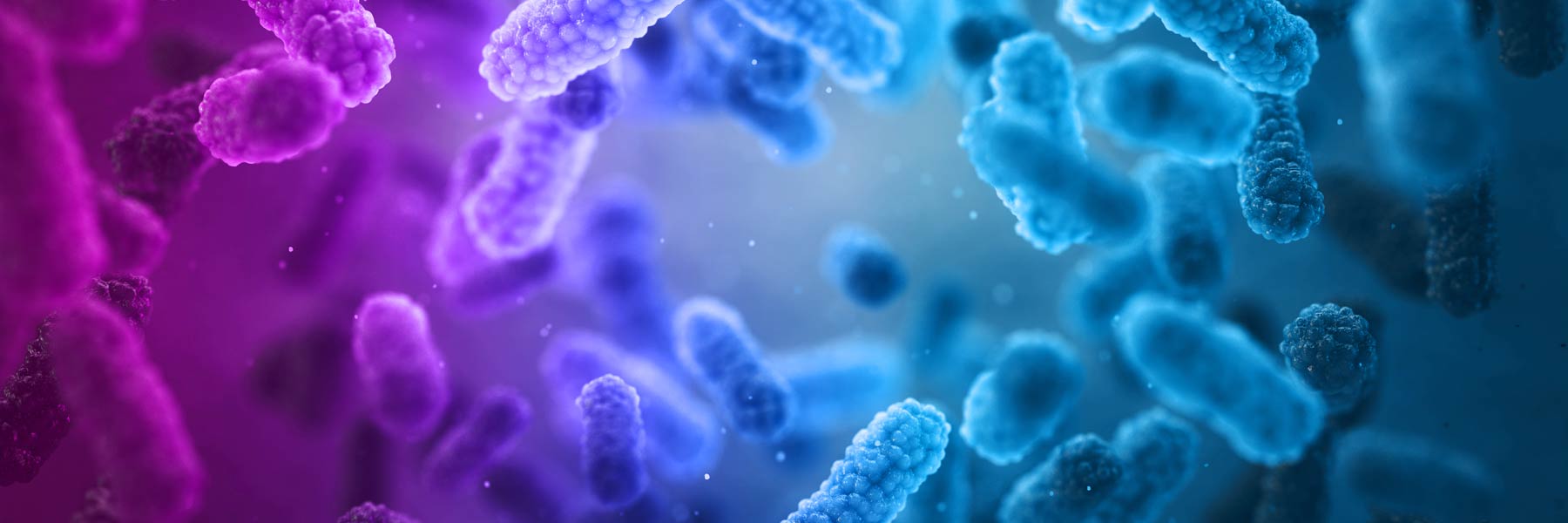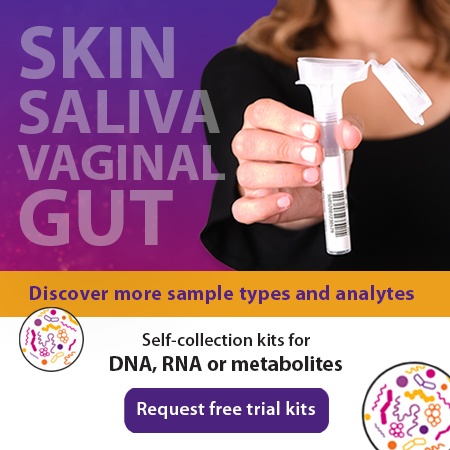2017-06-12
At the recent Digestive Disease Week (DDW) meeting in Chicago, the microbiome took center stage with over 40 sessions featuring intestinal (gut) microbiota. Over the course of the meeting, I attended numerous presentations that described associations between the gut microbiome and such clinical outcomes as response to medication, efficacy of fecal microbiome transplants and success of diet-based interventions.
But this year at DDW, one presentation in particular caught my attention. It was a presentation in the Clinical Science: Late-Breaking Abstract Plenary by Dr. John Kokai-Kun of Synthetic Biologics, Inc. in which he presented data from the successful Phase 2b clinical research trial of ribaxamase, an orally administered β-lactamase designed to protect the gut microbiome from the deleterious effects of IV administered β-lactam antibiotics, which met its primary endpoint of significantly reducing primary Clostridium difficile (C. difficile) infection (CDI). The fecal microbiome samples used in this clinical research trial were collected with OMNIgene•GUT and stored and transported at ambient temperature before analysis at DNA Genotek’s microbiome services laboratory. I encourage you to check out this project.
I had a chance to speak with Dr. Kokai-Kun after his presentation at DDW and I’d like to share what he said about this trial and future directions for the microbiome field.
Can you provide a brief background on your current ribaxamase clinical trial and why it is important.
Dr. Kokai-Kun: Yes, of course. This Phase 2b clinical research study, which was conducted with ribaxamase, demonstrated that the mechanism of action of ribaxamase (degradation of β-lactam antibiotics in the intestine) significantly reduced the occurrence of new onset CDI (71% relative risk reduction, P=0.045) in patients receiving ceftriaxone therapy for a lower respiratory tract infection. Sequencing data of the fecal samples collected during the study were consistent with ribaxamase protecting the balance of the gut microbiome in these patients as compared with patients receiving placebo. One of the key reasons I think this study is important is that ribaxamase has the potential to be the first product licensed for prevention of CDI.
What were the main challenges your team faced in conducting this clinical trial?
Dr. Kokai-Kun: One of our key challenges was that CDI rates can be highly variable and cyclical, ranging from <1% incidence to as high as 10% during an outbreak. Since there is no way to predict when an outbreak might occur, inclusion criteria for the Phase 2b study were designed to enhance the risk for CDI in the study population. This study design achieved its primary endpoint of significantly reducing the incidence of CDI in the ribaxamase group as compared with placebo in part because a 3.4% incidence rate of CDI was achieved in the placebo group.
What feedback can you provide on your experience using OMNIgene●GUT for sample collection.
Dr. Kokai-Kun: As you may know, a substantial portion of our study sites were in Eastern Europe where English was not their first language, yet the clinical sites and even the patients found the OMNIgene•GUT collection tubes relatively easy to use with few problems. For the most part, the collected fecal samples resulted in good quality extracted DNA which delivered high quality sequence data.
Can you briefly describe the sample-to-analysis process for this project. What role do you think the sample collection method plays in the process and to the quality of your results?
Dr. Kokai-Kun: The sample-to-analysis process began with the collection of fecal samples for gut microbiome analysis from all subjects at three specific time points during the study. After collection of all 3 samples, the samples were shipped under ambient conditions to a central lab where the samples were stored frozen until they were batch shipped to DNA Genotek’s laboratory for DNA extraction and sequence analysis. As for the role of the sample collection method on the quality of our results, our experience is that the OMNIgene•GUT collection tubes successfully maintained the stability of the collected fecal samples until they reached the central lab and could be frozen.
Why did you choose to use DNA Genotek’s microbiome services?
Dr. Kokai-Kun: We issued a competitive RFP to select a vendor to provide microbiome analysis-support for this Phase 2b clinical study. The bid from DNA Genotek was the most competitive, provided the highest level of confidence in the vendor and best fulfilled the requirements of the RFP. We also liked that DNA Genotek was the manufacturer of the OMNIgene•GUT tubes that are used by many other researchers and clinicians to collect fecal samples. Overall, our experience with DNA Genotek has been positive. They did a good job in helping us manage clinical supplies for collection of samples, and we received our 16S sequence data in a timely fashion. The staff was very responsive to our needs including conducting some custom analyses that helped us better understand our results.
Can you share any early results from this project?
Dr. Kokai-Kun: I am pleased to report that our study met its primary endpoint of a significant reduction in the incidence of CDI in patients being treated with ceftriaxone plus ribaxamase. These patients had a 71% relative risk reduction in the incidence of new onset CDI as compared with patients who were treated with ceftriaxone plus placebo. We also demonstrated a significant reduction in the incidence of new colonization with vancomycin-resistant enterococci, an opportunistic pathogen known to colonize the intestine of people with disrupted gut microbiomes. The analysis of DNA extracted from longitudinal fecal samples collected during the study revealed that patients treated with ceftriaxone plus ribaxamase had significantly less disruption of their gut microbiome and recovered to near their starting point more quickly than patients treated with ceftriaxone plus placebo. This is consistent with the expected mechanism of action of ribaxamase which is to protect the gut microbiome from disruption by β-lactam antibiotics excreted into the intestine and thereby prevent secondary infections.
Can you provide a brief description of the next phase of the ribaxamase study.
Dr. Kokai-Kun: Yes, it’s very exciting. Ribaxamase was recently granted Breakthrough Therapy Designation by the FDA and a meeting is being planned with the United States Food and Drug Administration (FDA) to discuss next steps in the development program.
Do you have any thoughts on where you think the microbiome field is heading and what future applications you see coming from it?
Dr. Kokai-Kun: I feel that the microbiome field needs to move from correlation to causality. We need to better understand how changes to an individual’s microbial diversity may lead to various disease states. This will allow for development of specific therapies or interventions to treat or prevent these disease processes rather than simply and blindly attempting to replace bacteria that may have been depleted or altered in various microbiome-linked diseases. There is also a strong need from regulators to consider induced changes to the gut microbiome as potential endpoints or adverse events with long-term implications during the clinical development and approval process. Having regulatory guidance will also help to provide standardization to methodology, approach and outcomes / endpoints.
If you’d like information on the OMNIgene family of optimized microbiome sampling kits or microbiome services that were used in this clinical trial, click below.


